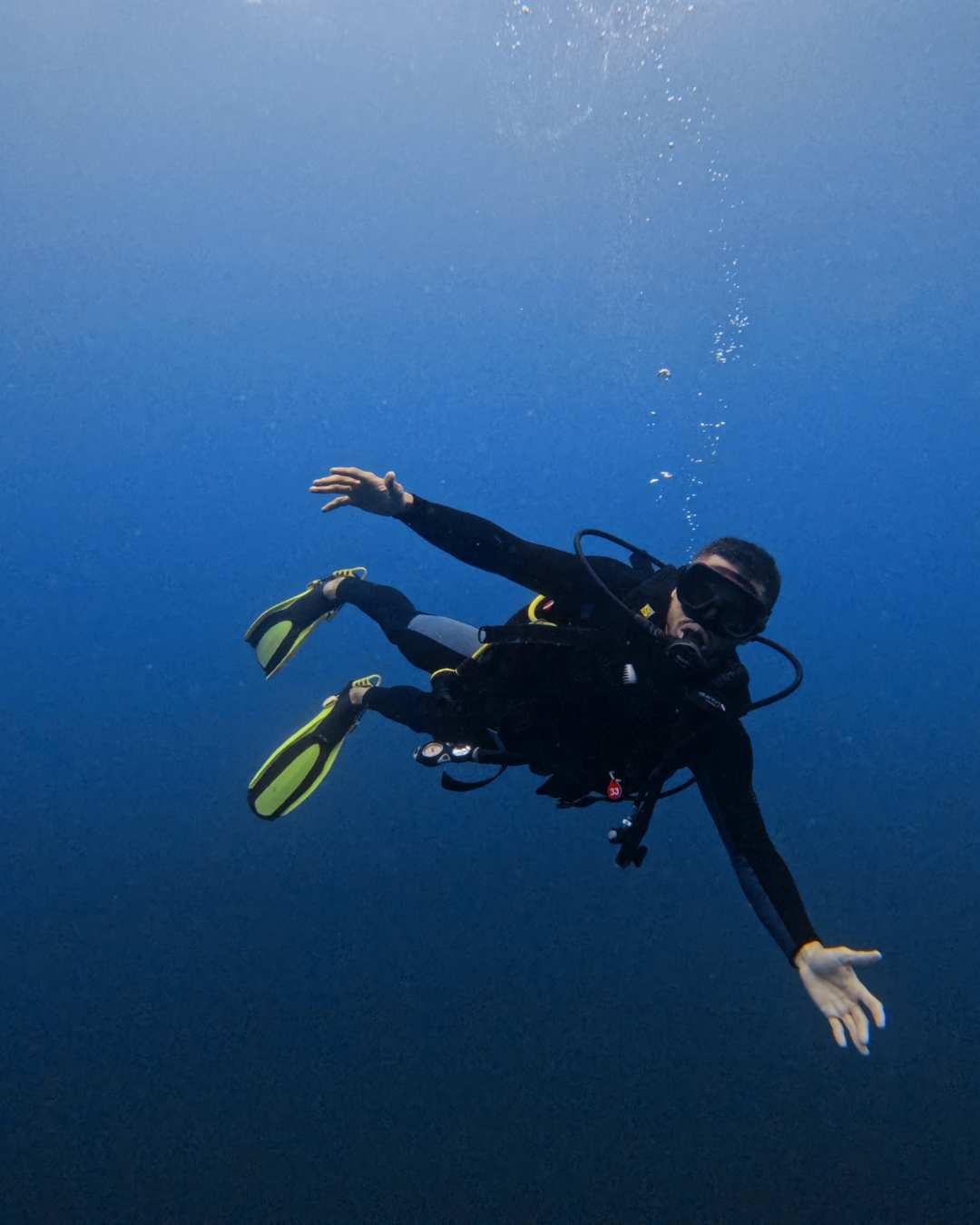
Diving in Costa Rica: A Window to Marine Ecotourism
BY NAMUBAKShare
Diving isn't just a recreational activity; it's a window into an underwater world that few have the privilege of experiencing. In Costa Rica , one of the most biodiverse destinations on the planet, diving becomes a transformative experience that combines adventure, conservation, and a deep connection with nature. From the crystal-clear waters of Isla del Caño to the volcanic reefs of the Murciélago Islands or manta ray encounters in Catalinas , this Central American country offers unique dives that boost responsible marine ecotourism .
Diving in Costa Rica not only allows you to discover incredible underwater landscapes, but also supports local communities, protects marine biodiversity, and promotes sustainable tourism . In this blog, we tell you why diving is much more than a tourist activity: it's a conservation tool with a real impact.

Diving in Costa Rica: Unique Marine Ecosystems
Costa Rica has two coastlines—the Pacific and the Caribbean—that offer vibrant and contrasting marine ecosystems. The Pacific coast is home to volcanic pinnacles, seamounts, and nutrient-rich ocean currents. In the Caribbean, coral reefs and warm waters offer calmer and more colorful experiences.
More than 7,000 marine species live here, including:
- Hammerhead sharks
- Giant manta rays
- Dolphins and humpback whales
- Sea turtles
- Coral reefs full of macrofauna

Best Diving Spots in Costa Rica
- Caño Island: A biological reserve off the South Pacific coast, with visibility up to 30 meters. Ideal for beginners and advanced users. Common sightings of reef sharks, turtles, and other marine life are common. giant manta rays . Its most famous site is called El Bajo del Diablo.
- Bat Islands: Located in the Santa Rosa National Park offers more challenging dives. Home to the bull shark and other pelagic species. Recommended for experienced divers. This spot is home to the Big Scare, one of the only dive sites in the world where you can see bull sharks without using bait, as it's a natural cleaning station.
- Catalina Islands: Also famous for encounters with giant manta rays between December and May, their volcanic rock formations are home to incredible biodiversity.
- Coco Beach and Gulf of Papagayo: Accessible area with more than 20 diving spots. Abundant marine life and certified local operators.
- Cocos Island: Cocos Island National Park is considered one of the world's best sites for advanced diving. It takes several days to reach it. Here you can dive with hammerhead sharks, tiger sharks, and pelagic fish.

When to Dive in Costa Rica?
- Dry season (Dec–Apr) : High visibility, calm sea, ideal for beginners.
- Rainy season (May–November) : More pelagic life (mantas, sharks, whales). Requires more experience.
Diving as a Marine Conservation Tool
Responsible diving not only offers unforgettable experiences, but also helps protect marine life by:
- Reduce the pressure of extractive fishing and shark hunting
- Promoting alternative income in fishing communities
- Collecting scientific data through citizen science
- Support the creation of marine protected areas
Organizations like The Clean Wave and Mision Tiburon have demonstrated that diving can transform both the local economy and the collective perception of marine ecosystems.

Recommendations for Responsible Divers
- Dive with certified operators committed to conservation
- Do not touch or chase marine animals.
- Stay floating without damaging the bottom
- Respect the codes of conduct in protected areas
Conclusion: Immerse yourself in a transformative experience
Diving in Costa Rica is much more than just diving underwater. It's connecting with a rich and fragile ecosystem, contributing to its conservation, and experiencing an unforgettable experience that benefits both the traveler and the marine environment.
Namubak , in partnership with The Clean Wave , is developing new recreational diving experiences and certification to promote responsible ecotourism. Soon you can be part of this community that protects what it loves: the ocean.

